Top 5 tips for minimising production downtime
Unplanned downtime – every production line will experience it, but none will welcome it. It’s among the biggest concerns for anyone running a manufacturing plant, capable of causing havoc in seconds and resulting in severe financial losses.
Of course, not all production downtime is bad. If you’re upgrading a major system or implementing a brand new one, a period of downtime is necessary to ensure your people stay safe.
But it’s important to recognise and differentiate planned downtime from unplanned downtime so you can keep the latter to an absolute minimum.
In this article, we’re looking at five ways production managers can reduce the likelihood and impact of unplanned downtime.
1. Monitor downtime as it occurs
In an ideal world, you would have zero downtime, but, unfortunately, it is almost inevitable where machinery is concerned.
If you want to prevent downtime, you need to pinpoint precisely what causes it in the first place. Rather than ignoring issues and hoping they won’t persist, start keeping a detailed log. By highlighting processing errors or system failures and keeping track of each one as they occur, you gain intelligence to build a case towards prevention.
As a minimum, record the cause of factory downtime – whether a machine fault, electrical failure, human or team error – the time it occurred and its total duration. Over time, this information will provide critical insight and help you identify any patterns.
2. Upskill staff on operational systems and processes
If nobody is responsible for managing a work area, machine or system, then nobody can be held accountable when something goes wrong. Delegate responsibility and consider upskilling employees.
Workers who operate machinery should have comprehensive training on how to operate it safely, how to identify faults, and how to report any issues. Make reducing unplanned downtime everyone’s responsibility.
3. Perform risk assessments to reduce downtime
What is the best way to avoid production downtime? By preventing breakdowns from happening in the first place.
It might seem easier said than done, but there are several ways to take a preventative approach, including conducting a risk assessment.
The risk assessment process was developed to protect employees, contractors and customers from accidents or ill-health in the workplace. Employers have a legal obligation to assess risk formally, and it is no different in manufacturing, where the potential for injury or illness is high.
But aside from a risk assessment ticking a compliance box, it also plays a significant role in preventing downtime.
Assessing risk helps you understand the likelihood of an incident or breakdown occurring and its potential impact on the business. Where the impact is severe and the likelihood high, you need to put contingency plans in place.

4. Prevent electrical failure
This next point sounds obvious and yet is often overlooked. It’s not unusual to find production plants full of inefficient machinery and faulty electrical systems.
Even when you’ve invested heavily in the latest equipment and technology to optimise production time, you’ll run into problems if your electrical system fails.
And while keeping your electrical systems up and running reduces the risk of unplanned downtime, it also keeps your people safe too.
There are two important steps you can take here to prevent downtime caused by system failure:
1. Ensure your facility undergoes regular electrical testing by a certified professional to meet compliance and safety requirements. Most manufacturing plants require an Electrical Installation Condition Report (EICR) on an annual, three or five-year basis – check the government’s HSE website to see which one is required for your business.
2. Consider running an audit across all your machinery. How up to date are your systems? Which ones are running inefficiently? Use your system downtime log to determine whether a single piece of machinery accounts for most failures. If so, it could be time to conduct a cost analysis to determine the benefits of a system upgrade.
5. Ensure your machine stays production-ready
Remember, your machinery provides an incredible service – and you need to keep it in optimum condition. Why would you wait for a failure to occur when there are simple measures you can take to avoid it?
A machine audit will highlight any major concerns, and you’ll know which systems need replacing due to their operational inefficiency. But the rest of your machinery will require ongoing care to preserve its longevity and avoid the unnecessary cost of premature replacement.
Planned maintenance of all production equipment is encouraged. Assess critical machinery regularly and apply the advised maintenance solutions according to vendor guidance.
Use a professional and accredited provider to maintain the correct safety standards for ongoing machine safety testing.
AES provides testing to determine the Safety Integrity Level (SIL) or Performance Level (PIL), helping uncover and rectify any machine deficiencies to keep your machines functioning safely and reduce the likelihood of breakdown.
About AES
AES offers all the electrical contracting services you would expect, coupled with specialist services specifically to keep manufacturing businesses safe and efficient.
We can conduct machine risk assessments and inspections, install, maintain and service any electrical equipment. Plus, we are CompEx accredited, allowing us to work in hazardous areas.
If you’d like to learn more about how AES can keep your equipment operating efficiently, get in touch.
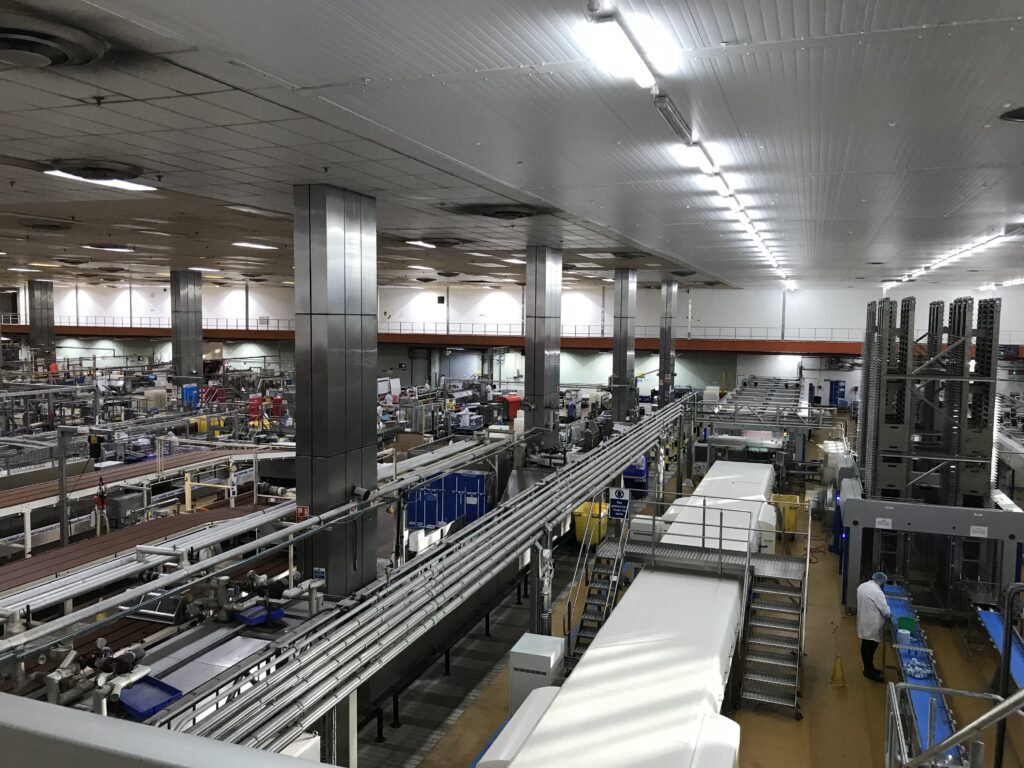
Case Study – Packing Hall Low Energy Lighting
Significantly enhanced staff working conditions with rapid ROI
Read more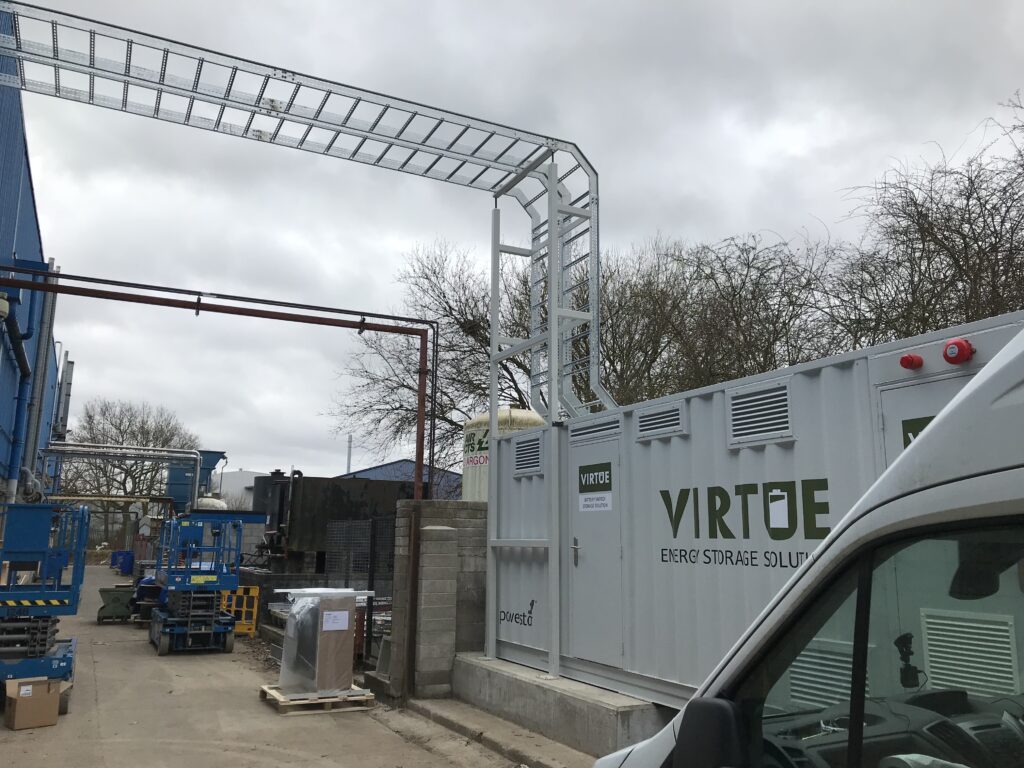
Case Study – Energy Storage System
Energy storage system provides cost savings & eliminates production downtime
Read more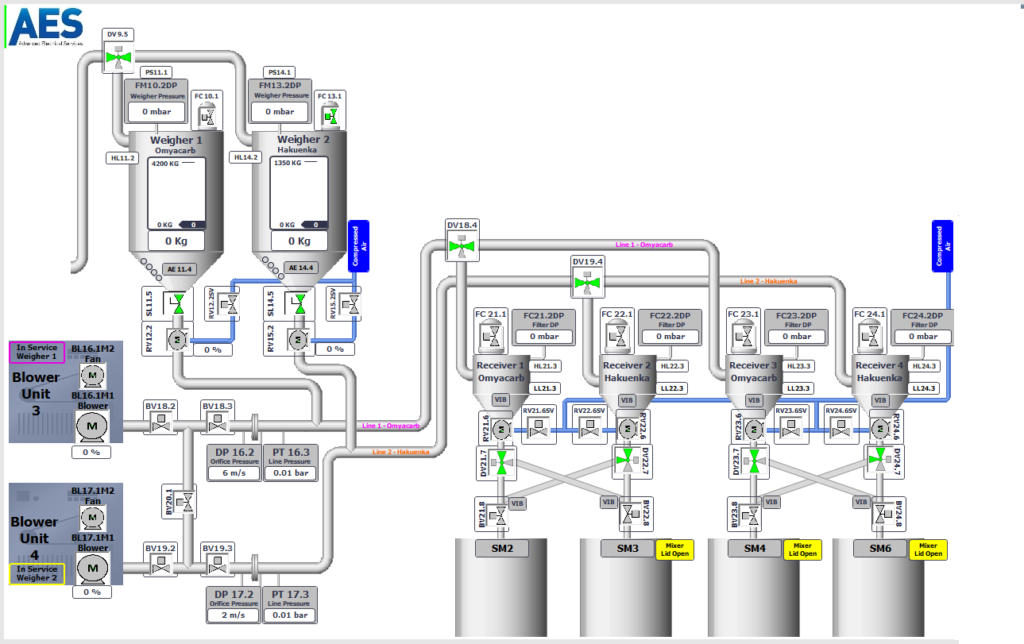
Case Study – Everbuild
Elimination of manual handling delivers product consistency improvements
Read more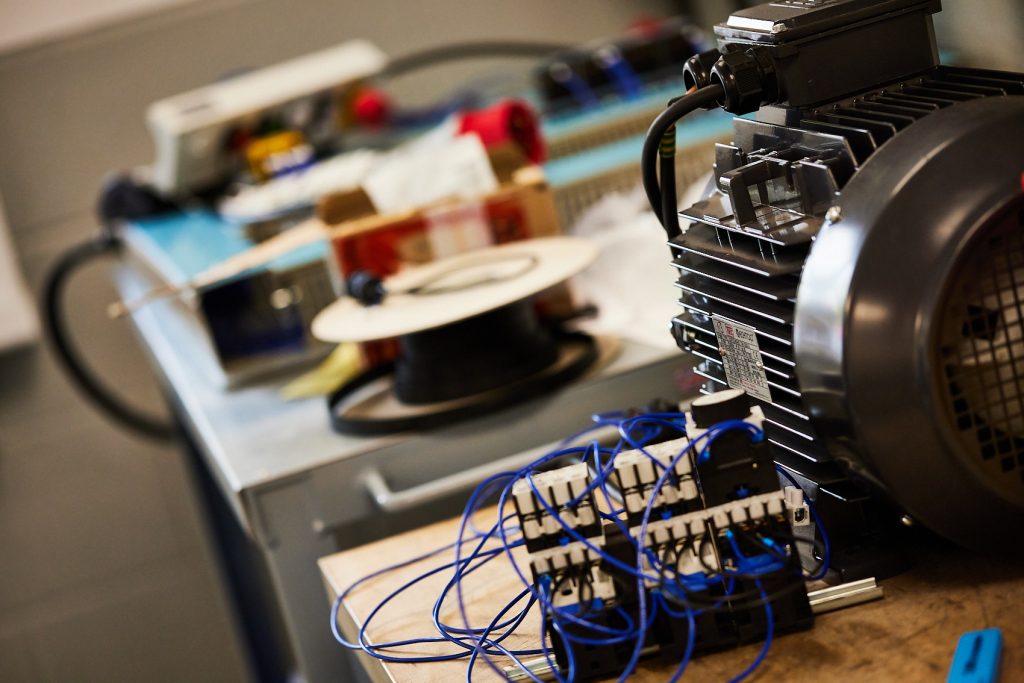
Case Study – Bibby Turboflex
AES low energy lighting project saves 48% in annual lighting running costs
Read more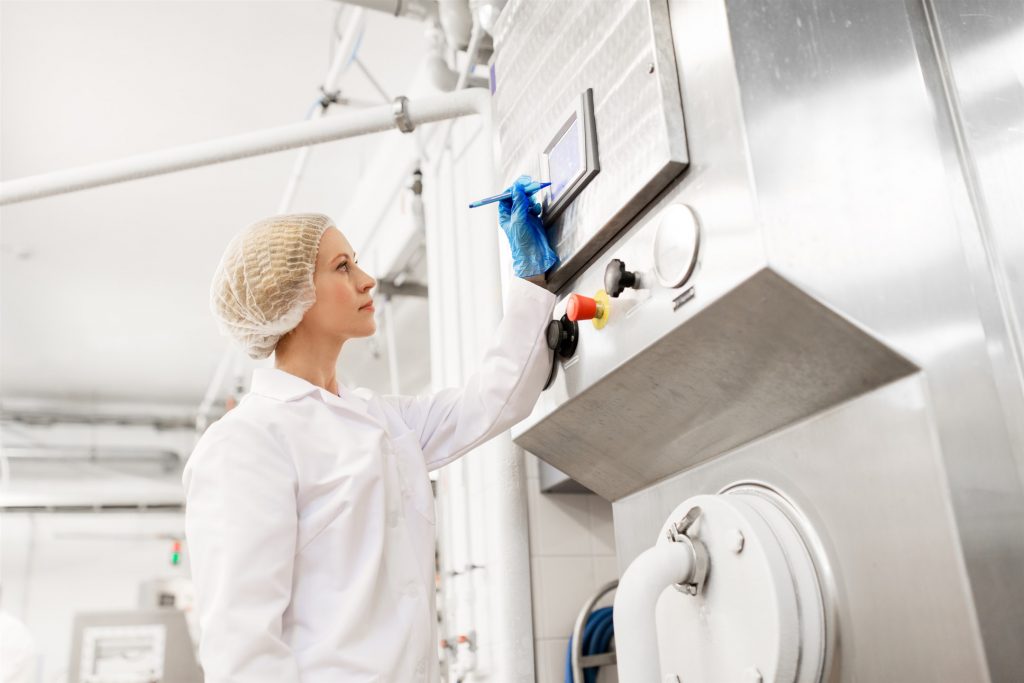
Case Study – Kerry Foods
Operational efficiencies maximised with new equipment integration.
Read more
Case Study – Charles F Stead
AES find the right energy reduction solution with 20.75% annual energy savings.
Read more

